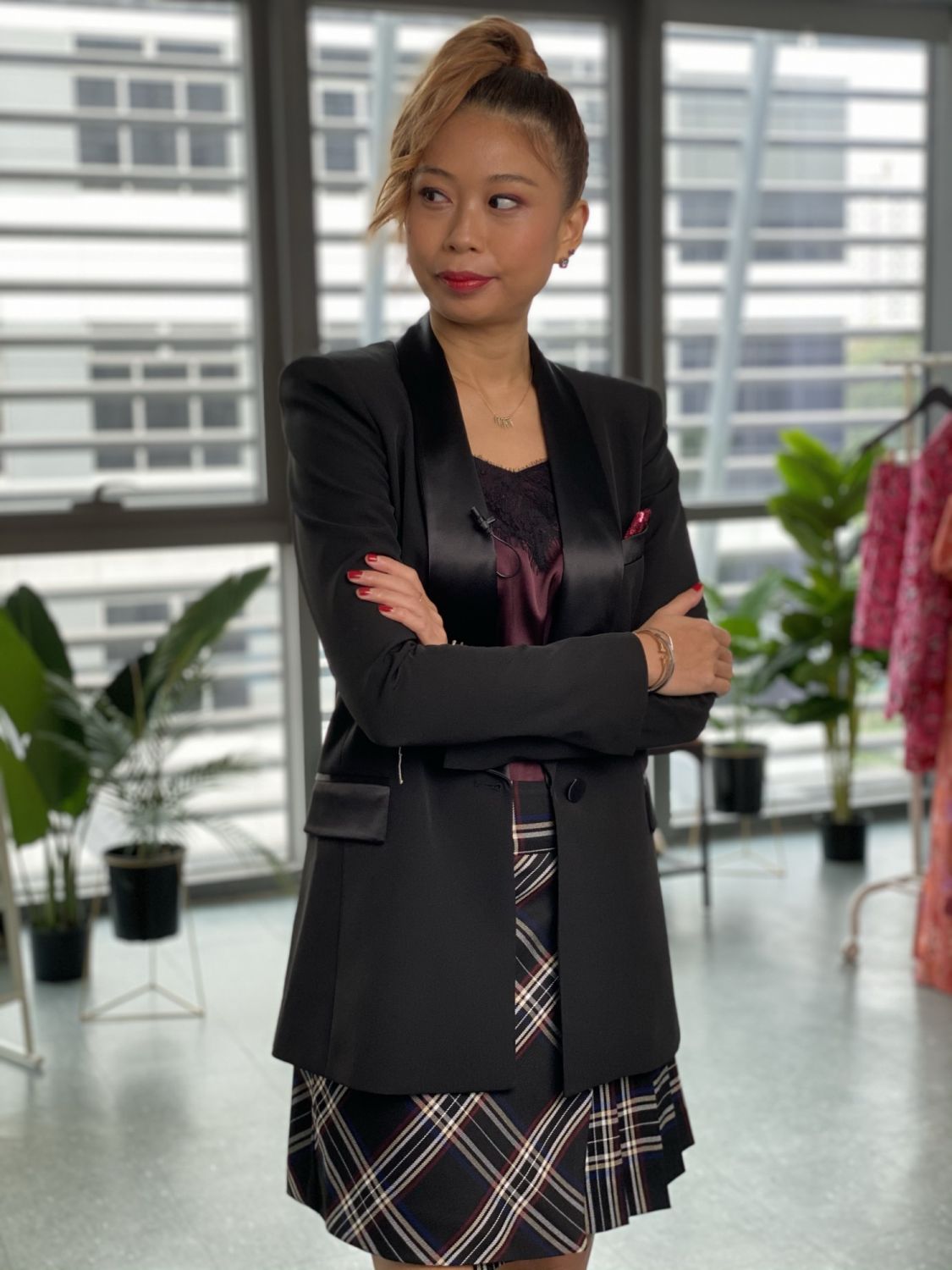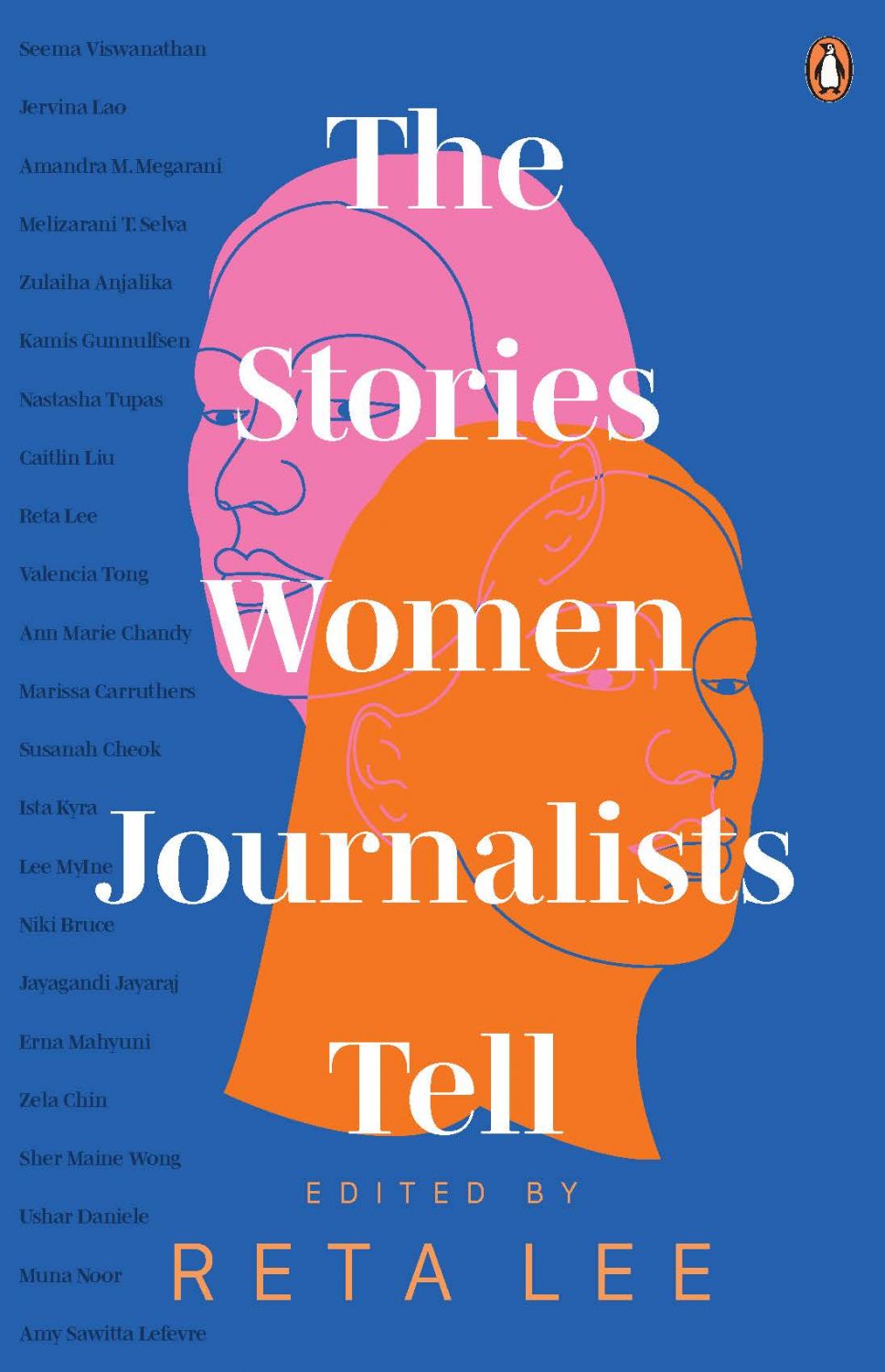Writer and editor Reta Lee has brought together 22 women journalists in Southeast Asia to share their personal experiences as women covering news in a male-dominant newsroom culture
‘Where will you pee?’ reads the first line of the opening essay from The Stories Women Journalists Tell. The next line continues: ‘Guys can piss anywhere. There are no proper toilets there and you girls will have problems.’
Such words, laced with scorn, were said to Kuala Lumpur-based veteran journalist Seema Viswanathan, who chronicled it in her contribution to The Stories Women Journalists Tell. You’ll easily find more of such riveting pieces—22, to be exact—in the book, written by former and current women journalists in the Asia-Pacific region. Each essay, like Viswanathan’s story, highlights the journey female journalists go through “as a woman covering news in male-dominant newsroom culture, while reporting on the ground”.
Don't miss: Malaysian Author Karina Robles Bahrin on Winning the Epigram Books Fiction Prize 2022
“When you’re in the field of news reporting, it’s always about being factual and balanced, but behind the reporting and the assignments, there’s always that emotive feeling—an experience that you yourself have as an individual,” muses Reta Lee, editor and creative force behind the book. “I wanted to celebrate the experiences of women journalists as stories of their own.”


Like many during the lockdown period caused by Covid-19, Lee explored several ‘pandemic projects’, from painting artworks to hydroponic kits. The idea to start a book struck in August 2020, when Lee was in Kinokuniya Singapore. “I was just browsing through the books, and randomly picked one up; it was a compilation of war essays by women journalists in Arab,” she recalls. “When I held the book, I realised that there are actually so many of such stories by female journalists in the Asia-Pacific that I’ll also be able to compile.”


